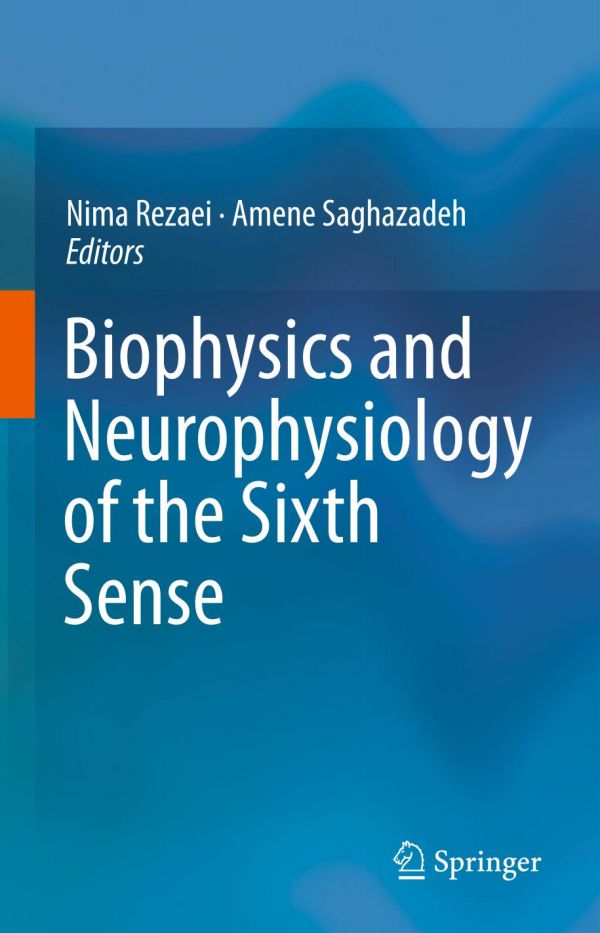

Most ebook files are in PDF format, so you can easily read them using various software such as Foxit Reader or directly on the Google Chrome browser.
Some ebook files are released by publishers in other formats such as .awz, .mobi, .epub, .fb2, etc. You may need to install specific software to read these formats on mobile/PC, such as Calibre.
Please read the tutorial at this link: https://ebookbell.com/faq
We offer FREE conversion to the popular formats you request; however, this may take some time. Therefore, right after payment, please email us, and we will try to provide the service as quickly as possible.
For some exceptional file formats or broken links (if any), please refrain from opening any disputes. Instead, email us first, and we will try to assist within a maximum of 6 hours.
EbookBell Team

4.0
96 reviewsMultiple senses, like multiple intelligences, are a key to brain variability and therefore human evolution. Besides the traditional five senses (vision, olfaction, gustation, audition, and somatosensory), humans can also perceive the body’s own position (the sense of proprioception) and movement (the vestibular sense). Interoception is the feeling one has about the internal physiological conditions of the entire body. Additionally there is a sense of intuition, also known as the sixth sense. Despite their best efforts, researchers are still unable to concur in specifying the nature of the sixth sense; some consider the sense of proprioception as the sixth sense, whereas others prefer to consider that as a part of interoception. This book will provide a scientific system for the human sixth sense using relevant biophysical and neurophysiological evidence.
The power of “sixth sense” seems to be underestimated, due to difficulties in defining the concept clearly. According to socioeconomics and neural physics, the sixth sense is that which permits humans to create perception or to enhance the quality of their perception of events. Roughly speaking, the sixth sense engages a metacognitive process through which prior knowledge and the information received from other sensory modalities are synergized. It is not restricted to specific arrow of time and type of mind or to the observer’s body, but it considers all arrows of time (past, present, future), types of mind (conscious and unconscious), and physical bodies (self and other). However it is expected that the observer has specific biases towards what happens now or would happen in the future and its relation to himself. Particularly, humans appeal to the sixth sense on the road to achieving success in social competitions and to reduce uncertainty in complex decision making processes. In addition to evidence linking genetic components to the sixth sense submodalities, there have been developed strategies for increasing th